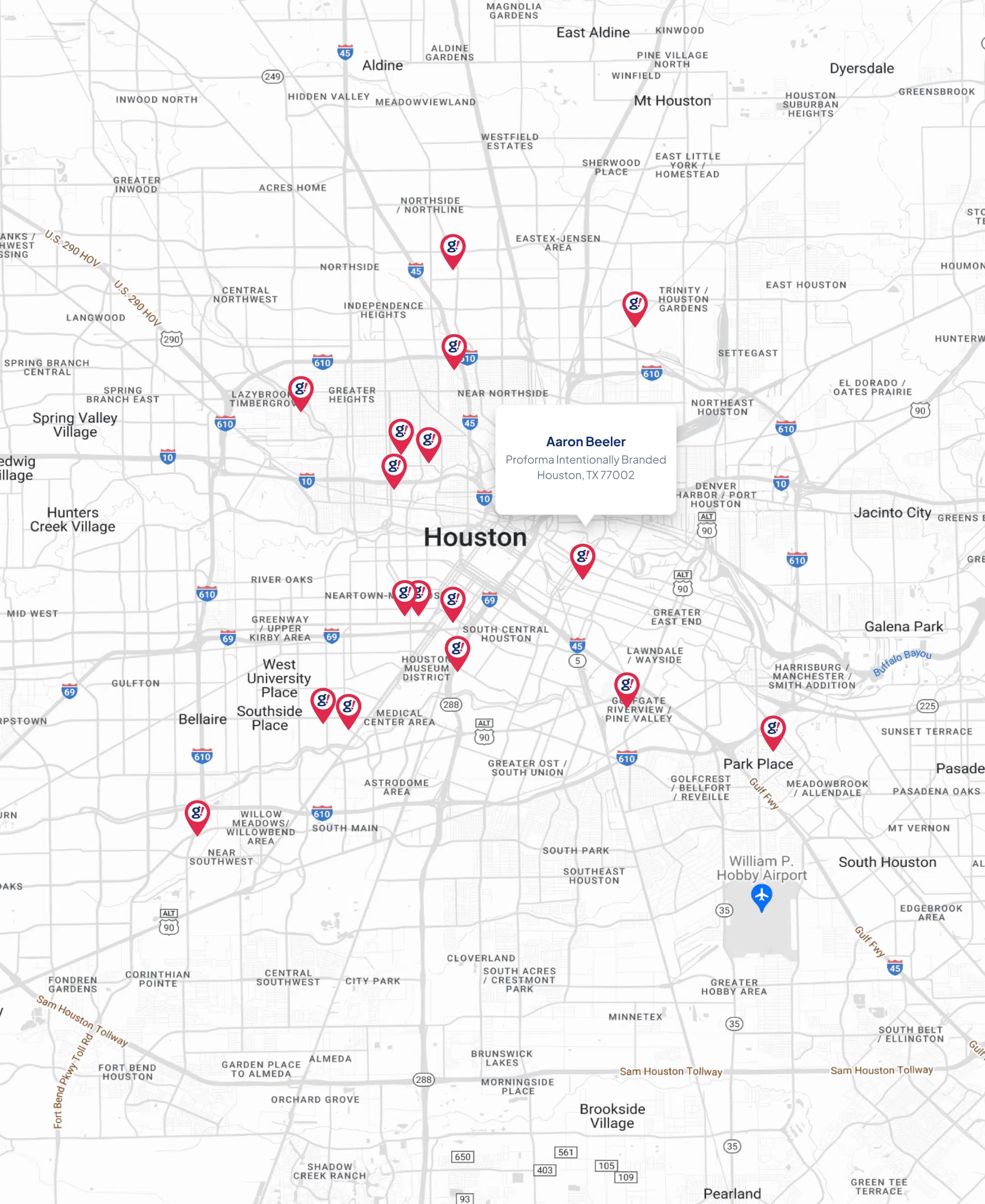5 Ways Analytics Helps You Win (and Retain) Customers
- Updated on: 2018-09-21
- Read original article here

Peter Drucker once said: “The purpose of a business is to create a customer.”
In today’s world, successful businesses not only create customers, they find ways to keep and grow them.
Businesses are increasingly turning to tools such as predictive analytics and machine learning to make that happen. Here are five specific areas where you can apply these tools to learn more about your customers:
There are many ways to analyze a population. Segmentation enables identification of the different ways parts of the population engage with your brand and product. This then allows insights into each subpopulation followed by differentiated communication and servicing strategies.
As with all analytics results, an important question to ask at the outset is how will we use this analysis going forward? That will drive the type and detail level of the segmentation.
Not all customers are created equal. Some customers are a boon, others cost so much to deliver value, you may wish you never found them.
Knowing which is which, particularly for young organizations, can grow or debilitate a business. In many ways this is a specific kind of segmentation. Knowing customer value is so critical to making effective decisions that it deserves a section of its own.
This is a topic with countless variations. For example — historical value, lifetime value, value over the next year or average customer value by segment. Each of these concepts can provide different views and insights into the customer, along with powerful information for directing strategy.
If you have customers and a list of potential customers and data about both, you have a golden opportunity to focus your efforts on only those with the best potential.
How? By applying algorithms that compare the features of your customers to those of your potentials. The potentials who look most like your customers are probably those most likely to want your product. This is where your investment in solid customer segmentation pays off. Each segment provides you with distinct features that help easily identify potential customers.
Online advertising has grown from nothing 25 years ago to billions of dollars a year today. Part of the allure is the sheer volume of time we all spend online. The data we can collect online adds to the allure, enabling significant testing of online marketing, so that you deploy the most attractive marketing and value propositions.
When testing, a small investment in planning your experiment design can significantly increase the speed at which you achieve results. Good experimental designs enable testing multiple actions at once, rather than just the standard A/B testing.
We all want to be loved. We especially want our customers to love our product.
But more importantly, customers want to be loved and recognized by you.
The array of techniques to apply here can be overwhelming: surveys, data driven retention programs, CRM and behavioral analysis to name a few. Two critical concepts to remember here: 1) focus on what the data says impacts customers and 2) remember engagement is about movement over time through persistent effort, not a single magic movement.
Statistical hypothesis testing will identify those actions that truly produce measurable change and continuous monitoring of trends will ensure you're keeping up to date on the ways your customers are changing.
Leading companies use these five analytics techniques to drive performance.
An important caveat: what you can learn will depend on what the data can tell you. Better data equals better results. Sometimes you will have to test your way to better data. Sometimes you can improve internal data collection to arrive at better data. Sometimes you will have to go out into the market to purchase better data.



